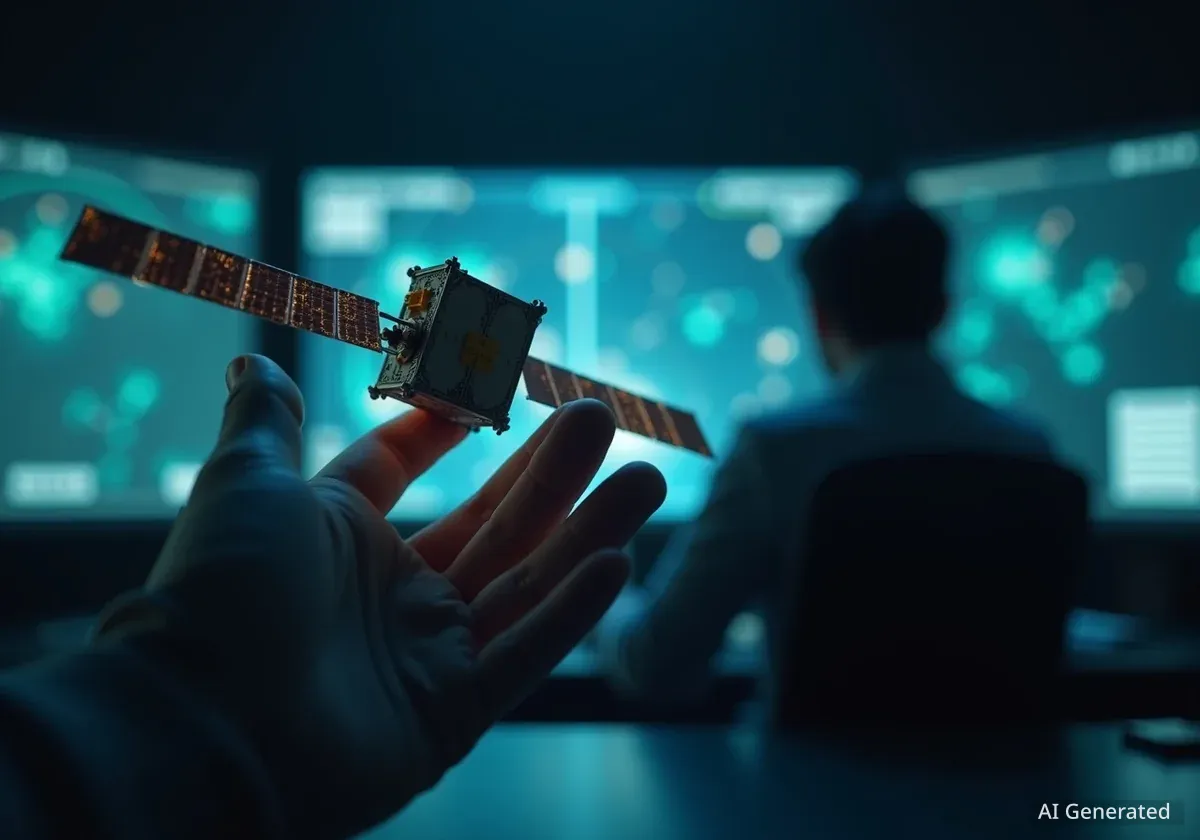
ESA's Henon CubeSat to Revolutionize Solar Storm Warnings
The European Space Agency's Henon CubeSat, a luggage-sized satellite, is set to become the first to operate independently in deep space to improve solar storm warnings.
68 articles tagged

The European Space Agency's Henon CubeSat, a luggage-sized satellite, is set to become the first to operate independently in deep space to improve solar storm warnings.
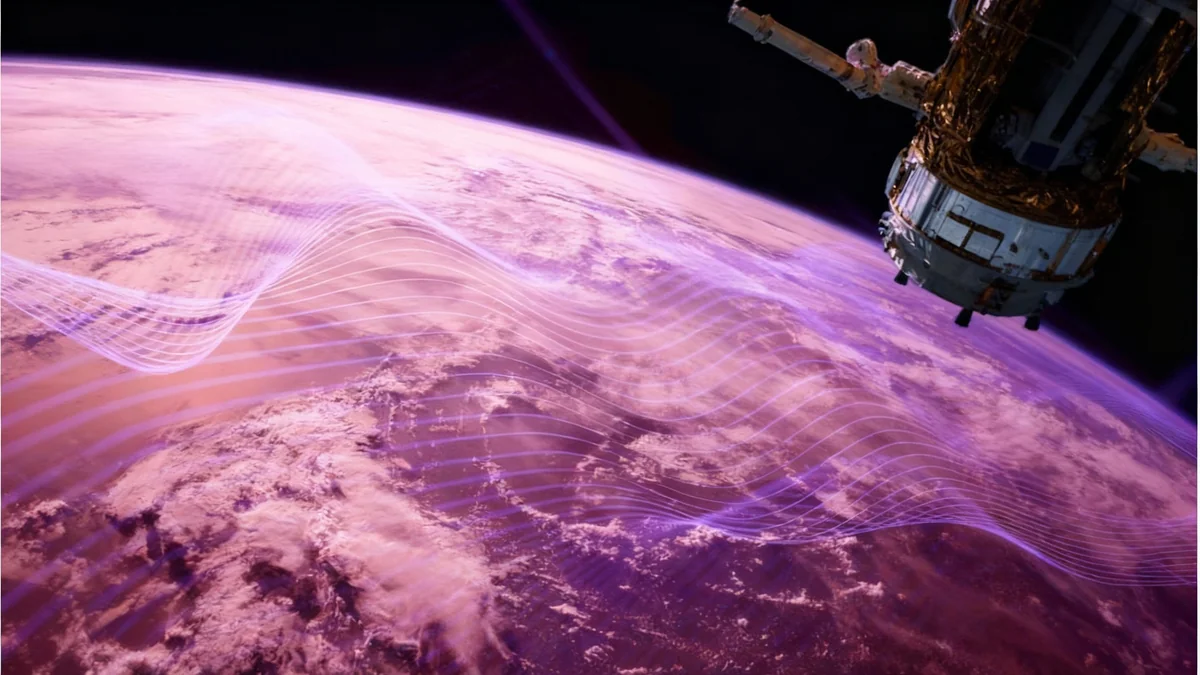
New research reveals that rising CO2 levels are cooling the upper atmosphere, which could strengthen phenomena that disrupt critical radio communications for aviation and maritime industries.
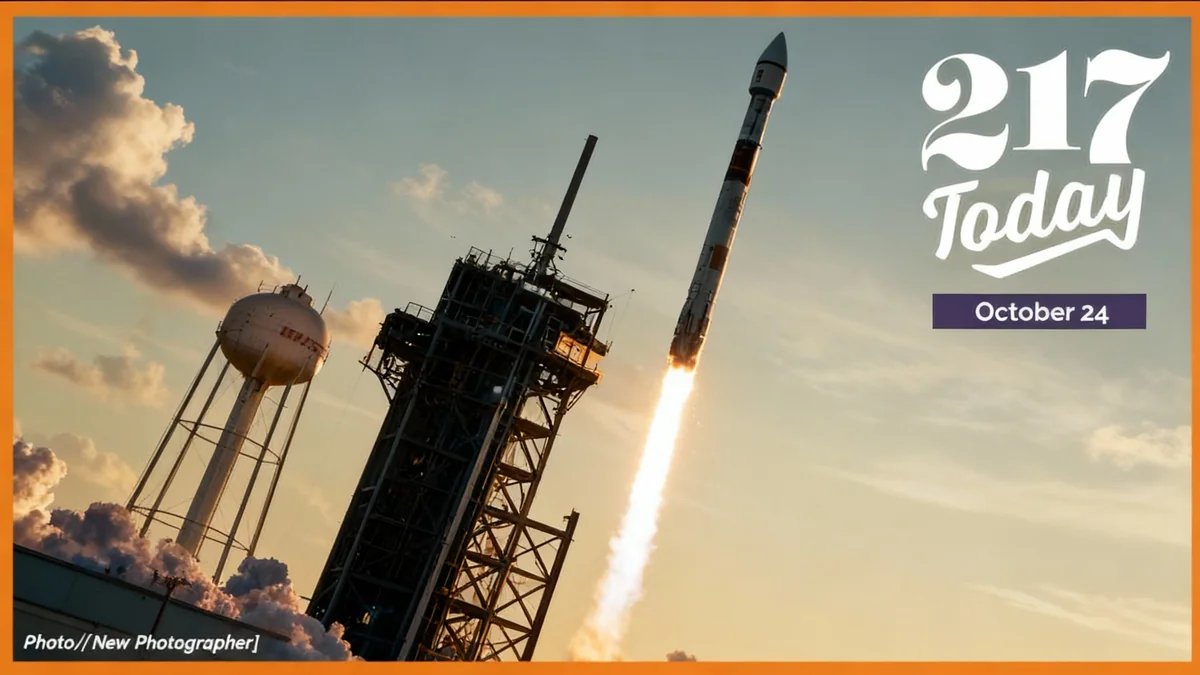
A satellite designed by the University of Illinois has been successfully launched into orbit to study space weather and its impact on Earth's technology.

Scientists have developed a new open-source AI model named Surya, trained on nine years of NASA data to predict solar storms and space weather with greater accuracy.
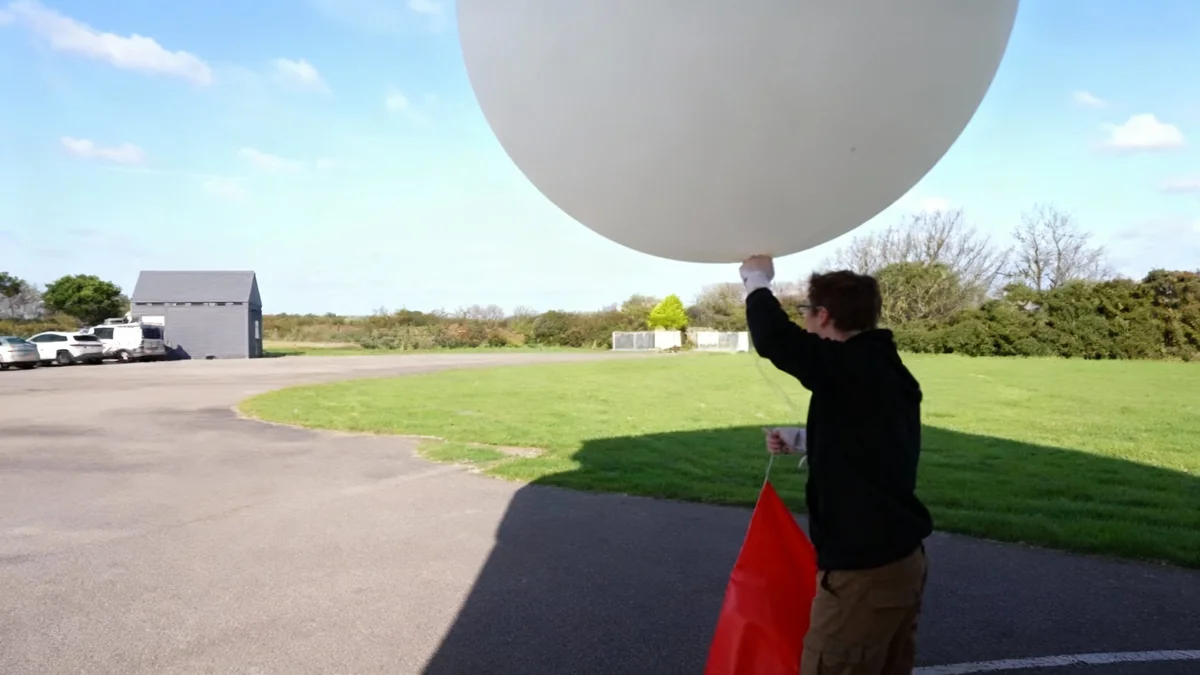
The UK Met Office has launched high-altitude balloons with radiation sensors from Cornwall and Shetland to improve space weather forecasting for critical industries.
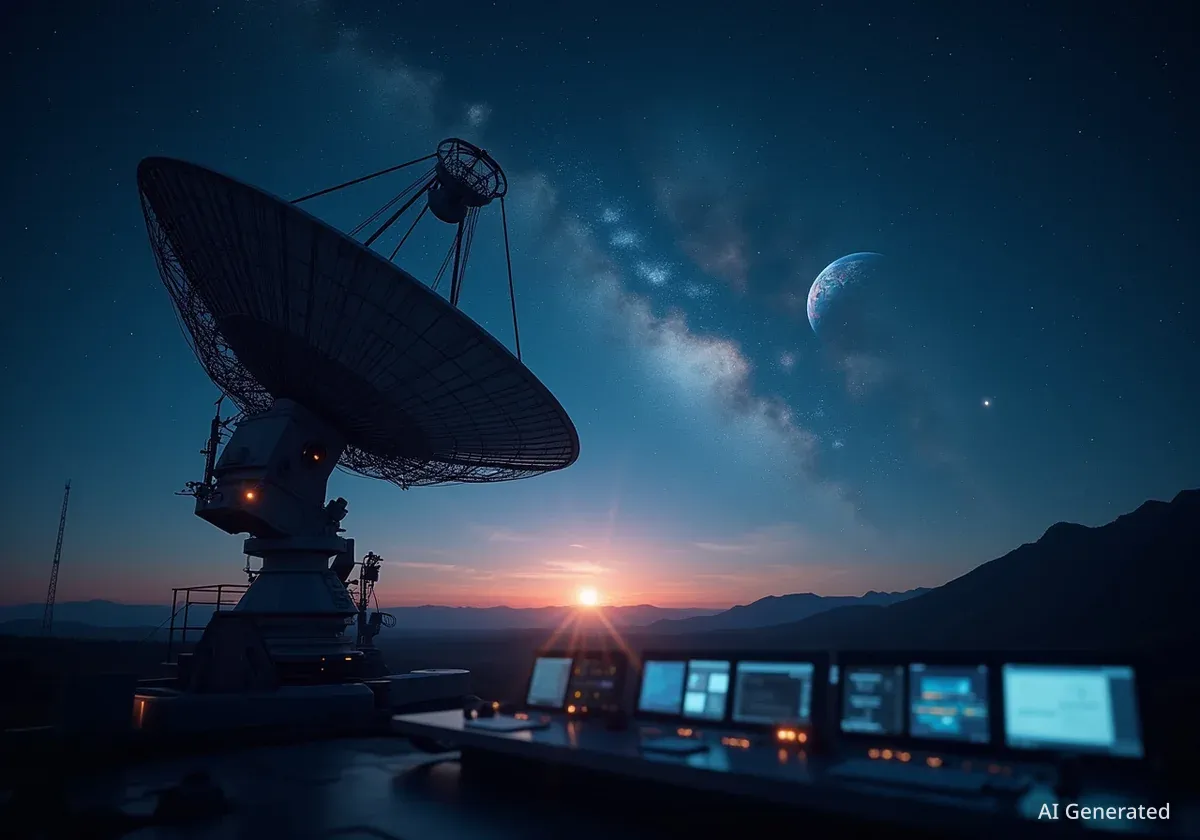
The new CCOR-1 coronagraph on the GOES-19 satellite is delivering unique space weather data from geostationary orbit, but faces challenges from reflected Earthlight.

A moderate geomagnetic storm forecast for tonight could make the northern lights visible across 15 northern U.S. states, according to NOAA.

The European Space Agency ran a complex simulation of a Carrington-level solar storm to test satellite defenses ahead of the Sentinel-1D mission launch.
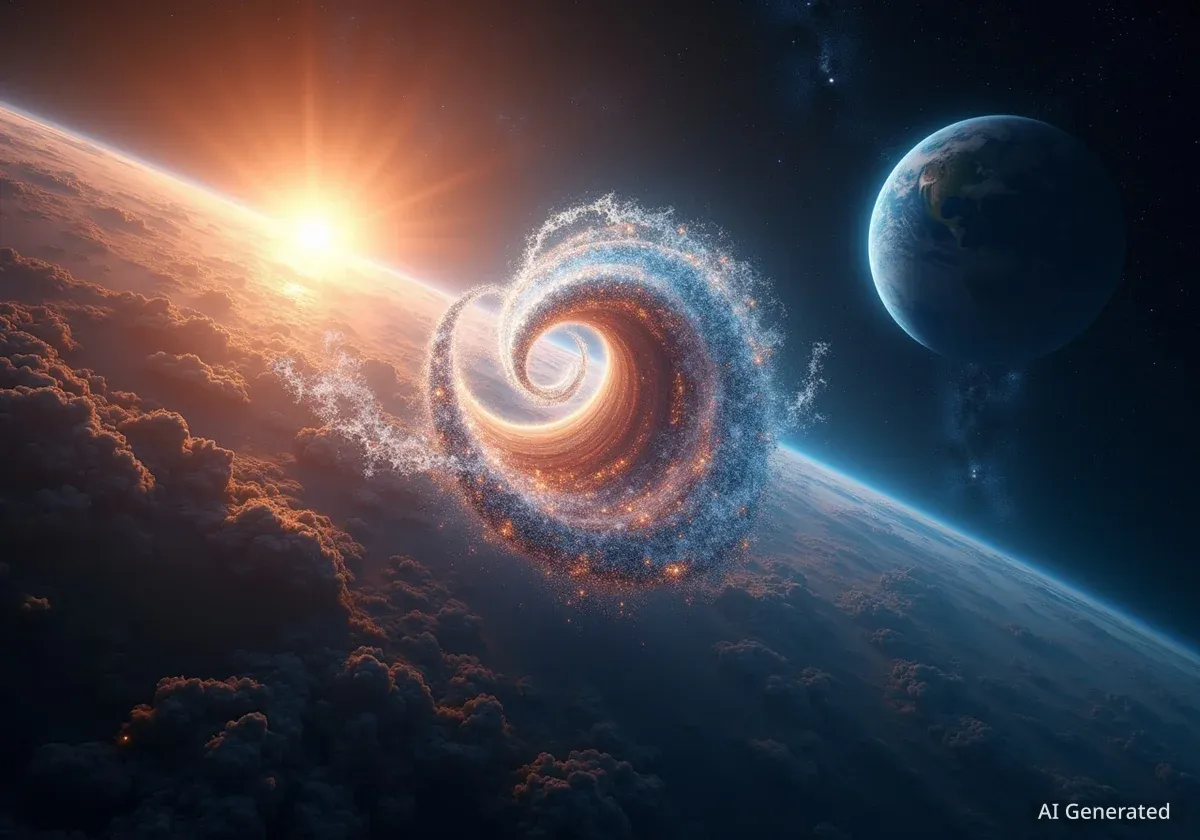
New research reveals that 'space tornadoes,' or flux ropes, can form between the Sun and Earth, creating a previously unknown source of geomagnetic storms.
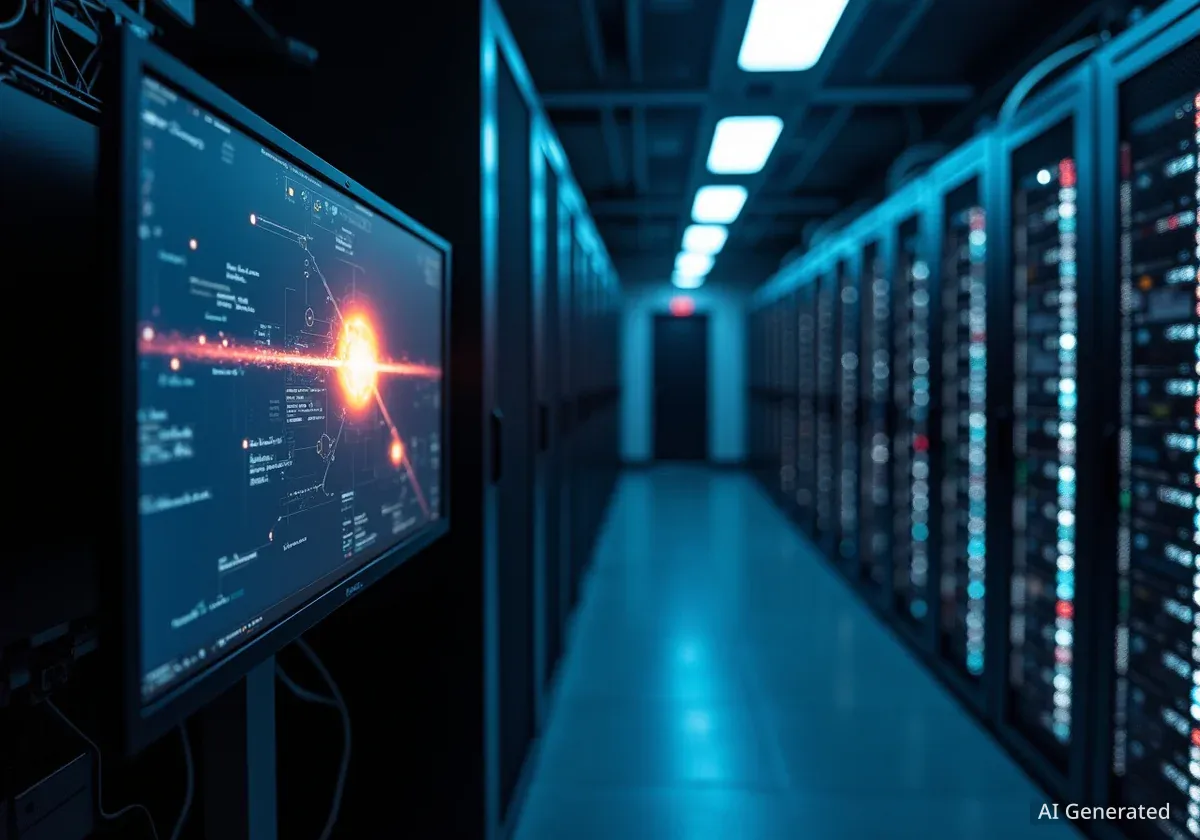
A new high-resolution simulation reveals that current space weather models are too simple, potentially allowing dangerous solar storms to go undetected.
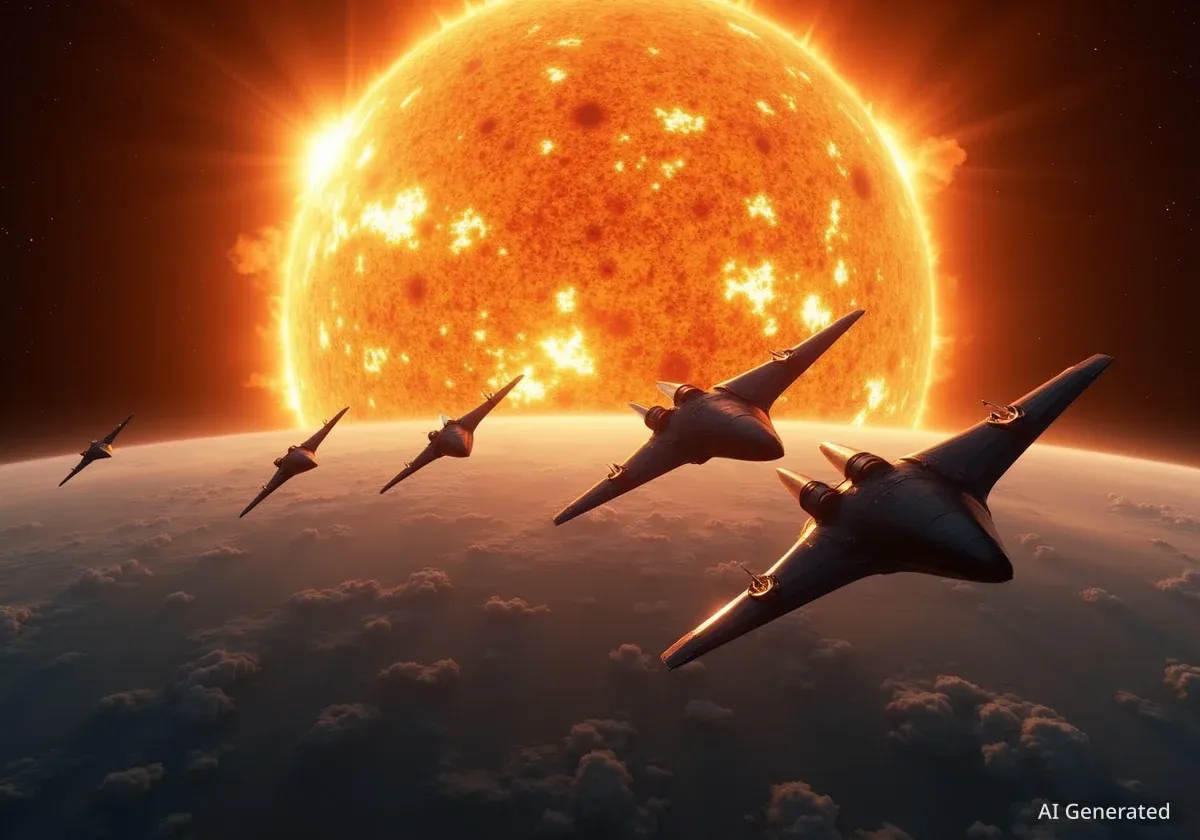
Researchers propose a new four-spacecraft fleet called SWIFT that could improve space weather warnings by 40% by detecting 'space tornadoes' missed by current systems.

A new study proposes a four-spacecraft constellation, using a solar sail, to detect dangerous 'space tornadoes' that current warning systems can miss.